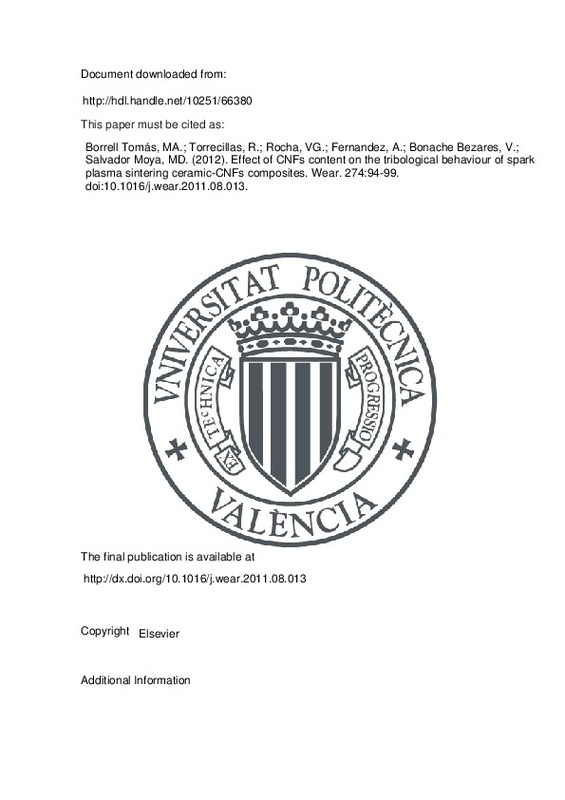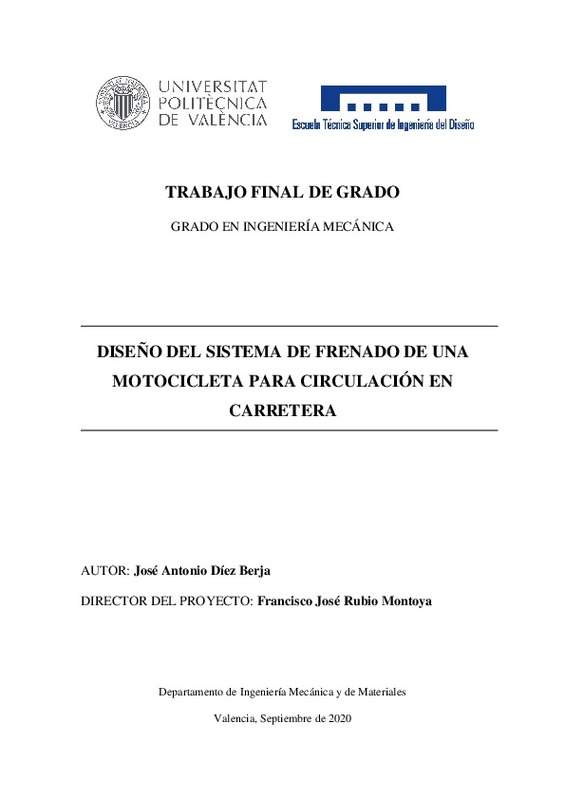JavaScript is disabled for your browser. Some features of this site may not work without it.
Buscar en RiuNet
Listar
Mi cuenta
Estadísticas
Ayuda RiuNet
Admin. UPV
Existence of an optimum dynamic coefficient of friction and the influence on human gait variability
Mostrar el registro sencillo del ítem
Ficheros en el ítem
| dc.contributor.author | Zamora Alvarez, Tomas Augusto
|
es_ES |
| dc.contributor.author | Alcantara Alcover, Enrique
|
es_ES |
| dc.contributor.author | Artacho Ramírez, Miguel Ángel
|
es_ES |
| dc.contributor.author | Valero Martínez, Marta
|
es_ES |
| dc.date.accessioned | 2016-06-02T09:50:11Z | |
| dc.date.available | 2016-06-02T09:50:11Z | |
| dc.date.issued | 2011-09 | |
| dc.identifier.issn | 0169-8141 | |
| dc.identifier.uri | http://hdl.handle.net/10251/65100 | |
| dc.description.abstract | The existence of a range of optimal coefficient of friction that encompasses safety and comfort has not been addressed before. This paper assesses the existence of such a range and its relationship with the variability of human gait. Six women walked for 15 min over five ceramic tile floorings with friction coefficients (DCOF) ranging from 0.19 to 0.63. Subjective opinions (pain, comfort, etc.) and biomechanical parameters including sagittal plane knee angle, tibia acceleration, and ground reaction forces were gathered. The required coefficient of friction (RCOF) was calculated from ground reaction forces. The results show that as DCOF increases so do reports of pain in the knees and under the metatarsal heads and toes; whereas a low DCOF relates to pain in the thighs and perception of low friction. RCOF showed a quadratic relationship with DCOF indicating the existence of a range of optimal coefficient of friction outside of which walking strategy is modified either to avoid slipping (DCOF 0.55). This result is supported by the results of the analysis of gait variability using non-linear methods. Floors inside the optimal range of friction yielded statistically significant higher entropy for tibia acceleration and knee angle, confirming the hypothesis that gait is more constrained outside that range (i.e. natural variability is reduced).Relevance to the industry: Floor friction is one of the main concerns for the floor industry and for decision makers when choosing public space paving (indoor and outdoor). The false concept 'the more friction the better' can induce manufacturers and technicians to make wrong decisions. This paper can assist the industry produce and select solutions encompassing safety and comfort. © 2011 Elsevier B.V. | es_ES |
| dc.description.sponsorship | The authors wish to thank employees from Tau Ceramica, a Spanish tile manufacturer, for their support in this study. Special mention to Javier Portoles and Kike Algora from the TAU innovation department for their personal involvement. | en_EN |
| dc.language | Inglés | es_ES |
| dc.publisher | Elsevier | es_ES |
| dc.relation.ispartof | International Journal of Industrial Ergonomics | es_ES |
| dc.rights | Reserva de todos los derechos | es_ES |
| dc.subject | Ceramics | es_ES |
| dc.subject | Chaos | es_ES |
| dc.subject | Comfort | es_ES |
| dc.subject | Entropy | es_ES |
| dc.subject | Falls | es_ES |
| dc.subject | Floor | es_ES |
| dc.subject | Friction | es_ES |
| dc.subject | Gait | es_ES |
| dc.subject | Biomechanical parameters | es_ES |
| dc.subject | Ceramic tile | es_ES |
| dc.subject | Coefficient of frictions | es_ES |
| dc.subject | Decision makers | es_ES |
| dc.subject | Dynamic coefficient of frictions | es_ES |
| dc.subject | Friction coefficients | es_ES |
| dc.subject | Gait variability | es_ES |
| dc.subject | Ground reaction forces | es_ES |
| dc.subject | Human gait | es_ES |
| dc.subject | Low friction | es_ES |
| dc.subject | Metatarsal head | es_ES |
| dc.subject | Natural variability | es_ES |
| dc.subject | Non-linear methods | es_ES |
| dc.subject | Optimal coefficient | es_ES |
| dc.subject | Optimal ranges | es_ES |
| dc.subject | Public space | es_ES |
| dc.subject | Sagittal plane | es_ES |
| dc.subject | Walking strategy | es_ES |
| dc.subject | Accident prevention | es_ES |
| dc.subject | Biomechanics | es_ES |
| dc.subject | Ceramic materials | es_ES |
| dc.subject | Floors | es_ES |
| dc.subject | Health | es_ES |
| dc.subject | Industry | es_ES |
| dc.subject | Optimization | es_ES |
| dc.subject | Tribology | es_ES |
| dc.subject | Adult | es_ES |
| dc.subject | Article | es_ES |
| dc.subject | Building | es_ES |
| dc.subject | Falling | es_ES |
| dc.subject | Female | es_ES |
| dc.subject | Floor friction | es_ES |
| dc.subject | Ground reaction force | es_ES |
| dc.subject | Human | es_ES |
| dc.subject | Human experiment | es_ES |
| dc.subject | Knee pain | es_ES |
| dc.subject | Metatarsal bone | es_ES |
| dc.subject | Musculoskeletal system parameters | es_ES |
| dc.subject | Normal human | es_ES |
| dc.subject | Optimum dynamic coefficient of friction | es_ES |
| dc.subject | Pain | es_ES |
| dc.subject | Priority journal | es_ES |
| dc.subject | Product safety | es_ES |
| dc.subject | Required coefficient of friction | es_ES |
| dc.subject | Sagittal plane knee angle | es_ES |
| dc.subject | Thigh | es_ES |
| dc.subject | Tibia acceleration | es_ES |
| dc.subject | Toe | es_ES |
| dc.subject | Walking | es_ES |
| dc.subject.classification | PROYECTOS DE INGENIERIA | es_ES |
| dc.title | Existence of an optimum dynamic coefficient of friction and the influence on human gait variability | es_ES |
| dc.type | Artículo | es_ES |
| dc.identifier.doi | 10.1016/j.ergon.2011.05.004 | |
| dc.rights.accessRights | Cerrado | es_ES |
| dc.contributor.affiliation | Universitat Politècnica de València. Departamento de Proyectos de Ingeniería - Departament de Projectes d'Enginyeria | es_ES |
| dc.description.bibliographicCitation | Zamora Alvarez, TA.; Alcantara Alcover, E.; Artacho Ramírez, MÁ.; Valero Martínez, M. (2011). Existence of an optimum dynamic coefficient of friction and the influence on human gait variability. International Journal of Industrial Ergonomics. 41(5):410-417. doi:10.1016/j.ergon.2011.05.004 | es_ES |
| dc.description.accrualMethod | S | es_ES |
| dc.relation.publisherversion | http://dx.doi.org/10.1016/j.ergon.2011.05.004 | es_ES |
| dc.description.upvformatpinicio | 410 | es_ES |
| dc.description.upvformatpfin | 417 | es_ES |
| dc.type.version | info:eu-repo/semantics/publishedVersion | es_ES |
| dc.description.volume | 41 | es_ES |
| dc.description.issue | 5 | es_ES |
| dc.relation.senia | 211718 | es_ES |
| dc.contributor.funder | Tau Cerámica | es_ES |






![[Cerrado]](/themes/UPV/images/candado.png)



